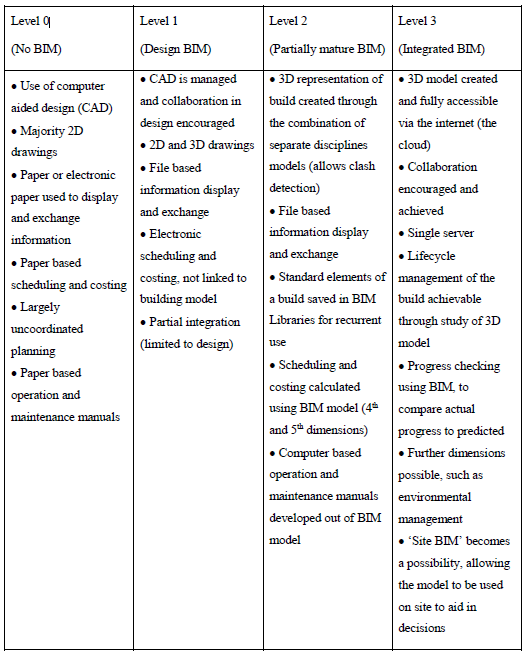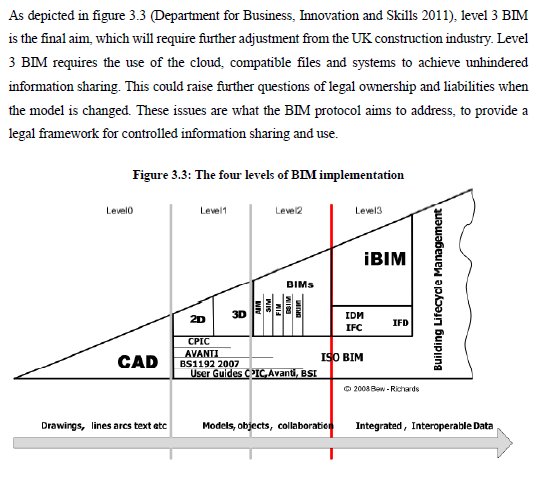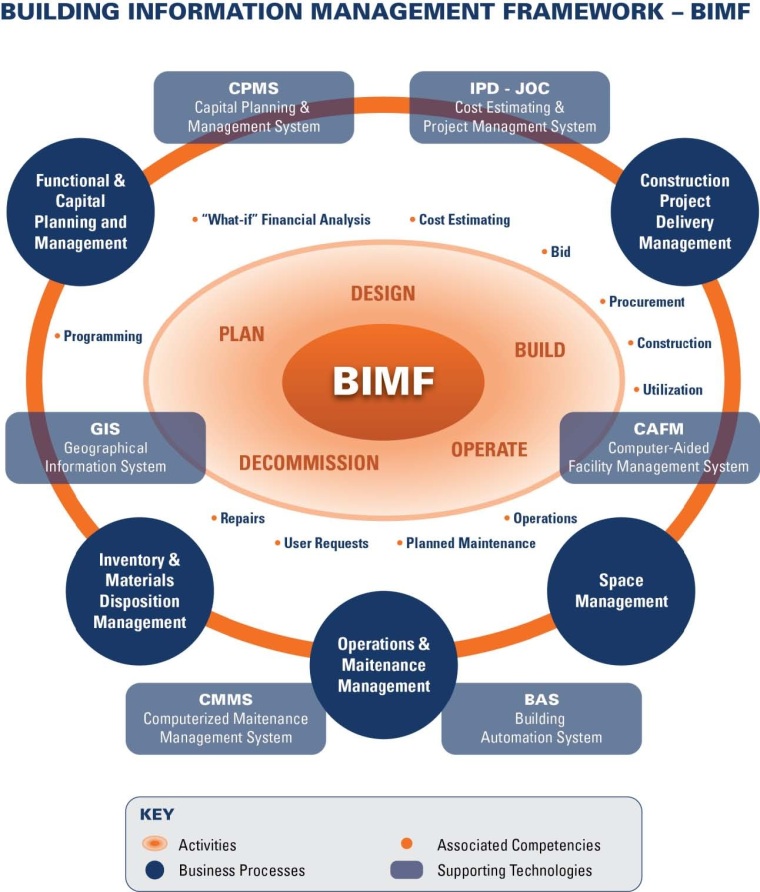While LEED is not for everyone, nor is it likely the “best” high performance building approach, it would appear that ROI can be significant for this and similar approachs.
The below is from – Series: Green Corporate Climate, Source: http://www.facilitiesnet.com – via http://www.4clicks.com

LEED For Commercial Interiors Can Result In Productivity Gains, Energy Savings
By Rod Vickroy and Rob Moylan
Green buildings have long been called high-performance buildings in Europe and in segments of the U.S. facilities market. The idea is that, while environmental responsibility is noble, sustainable design also should support better human comfort and business results.
Experience — and related research — bears out this thinking. The U.S. Green Building Council’s LEED rating system, for example, is widely seen as a way to improve a building’s environmental profile and energy use. Yet research indicates that it improves workplace effectiveness and return on investment (ROI). A 2009 Michigan State study, Life Cycle Cost Analysis of Occupant Well-being and Productivity in LEED Offices, found that groups moving to LEED office buildings missed less work and put in almost 39 hours more per person annually. According to the study, the total bottom-line benefits from gains related to fewer allergic reactions and reduced stress. The productivity boost ranged from $69,601 to more than $250,000 per year, the study showed.
Yet there are even greater returns. Today, leading companies and institutions are using LEED for Commercial Interiors (LEED-CI) — which certifies the sustainability of tenant improvements and interior renovations — as an opportunity to transform their business cultures and even enhance their brands. Add to that gains in energy efficiency and the market value of a space, and it becomes hard to imagine not building green.
The key to linking LEED to ROI and other valuable measures of organizational effectiveness is to plan early and strategically. The experience of several leading office tenants across the country demonstrates how implementing a LEED-CI-based plan can create measurable value through green interiors. What’s more, the following six tactical solutions are surprisingly achievable and economical when LEED-CI is viewed as integral to project planning rather than as an “add-on” to interiors projects (see “Debunking LEED-CI Myths on page 28). The examples show how these organizations thought performance could be improved, why they chose LEED-CI as part of the answer, and what it has delivered.
1. Corporate brand performance. Viewed as critical to competitiveness, branding has practically become its own industry in recent years. For many organizations, environmental stewardship is seen as central to brand identity: It’s the right thing to do, for their own people and society at large. So a workplace build-out to LEED standards simply reinforces these core values.
The power plant engineering firm Sargent & Lundy saw a 2008 relocation of their Phoenix regional office as a way to symbolize their expertise and forward-thinking attitude on global energy issues. Not surprisingly, the LEED-CI Silver build-out features energy-efficient lighting and systems. But more than that, the 14,000-square-foot open environment appears collaborative and interactive, reflecting the firm’s consulting approach. Wall-free clusters of sun-drenched workstations with mobile components encourage flexibility and communication, while designated “quiet rooms” allow privacy behind closed doors. Glass, light-toned wood and stone give tactile evidence of Sargent & Lundy’s green streak.
Similarly, health care software developer Burgess Group, based in Alexandria, Va., saw LEED-CI as another way to reinforce its image as a large, stable company — both for employees and for customers. As in the case of Sargent & Lundy, corporate goals intimately connected to the company’s brand drove project decisions as much as energy efficiency or workplace comfort. The result is a statement to the outside world and to employees that resonates with the tenant’s identity and mission.
2. Human performance. Among the benefits of LEED cited in studies like the Michigan State report are direct gains in overall health for office workers. These improvements come from better indoor air quality (IAQ), increased daylighting, and other changes seen to enhance morale or reduce stress. The bottom line: Happier, healthier, more relaxed employees tend to produce better work.
This thinking informed the planning of a 68,000-square-foot headquarters for an office furniture manufacturer. The company chose to renovate its 100-year-old former window sash factory, reaffirming its commitment to the local community and business line in the process. Using exposed brick and timber with new interior construction, the company created a clean, contemporary look in flexible and open loft-like spaces. The effect on employees working in the renovated space, who report gains in output and work enjoyment, quickly validated the approach. The facility, targeting LEED-CI Silver, was designed to be “open, productive and approachable,” according to executives.
The headquarters of Burgess Group (targeting Gold certification) was installed in a well-located new building with a green roof and bicycle facilities. Glass-walled offices and open workstations allow daylight deep inside office areas. Recycled materials, low-flow fixtures and GreenGuard-certified finishes are often touted by employees of this health care software developer. Beyond pride of place, Burgess Group workers are now more effective and efficient, says the company.
3. Organizational performance. By exploiting a LEED-CI renovation as a means for strategically reconfiguring the workplace, savvy occupants have improved organizational functioning, too. In this case, the bottom-line gains go beyond productivity to measures of work satisfaction such as reduced employee turnover and improved recruitment. Anecdotal and measurable improvements to organizational effectiveness include increased interaction, reduced e-mail volume, and shorter product development cycles.
For a Microsoft sales office in Chevy Chase, Md., LEED-CI strategies were integral to designing a space that would entice road warriors to spend more time with colleagues in the home office. The interiors needed a timeless aesthetic appeal that would suit a broad demographic spectrum, from retired generals to recent college grads. Company executives say the LEED-CI features — and the label itself — have helped galvanize the team.
One furniture manufacturer’s workplace offers similar conclusions. The company’s transparency and openness is reflected in open perimeter areas, sunlit atriums and light wells, and even a glass-enclosed boardroom. Employees — called “members” — enjoy casual meeting areas and a café during the workday.
4. Cultural performance. The precepts of green building have been shown to support such intangibles as customer relations, internal camaraderie and personal work satisfaction. The Michigan State study shows that IAQ, daylighting and views to the outdoors correlate with the highest post-move increases in employee satisfaction.
The law firm Bowman and Brooke took advantage of this cultural aspect in creating its Minneapolis headquarters. First, the firm takes pride in not seeming like a typical buttoned-down litigator, and it saw LEED-CI certification as a chance to be the first of its kind to differentiate from competitors. Second, the firm’s directors wanted a fresh, bright feel, not the dark, wood-paneled foxholes so common in the legal field. Third, LEED-CI would be another reminder that Bowman and Brooke does what’s right for their clients, employees and community. The resulting renovation — with its three-story open stair and innovative materials — ties into the firm’s brand identity while also supporting its personality and cultural uniqueness.
5. Energy performance. Another significant and highly tangible performance gain for LEED-CI projects is reduced utility costs. Energy savings can be reinvested immediately into the business, and the reduced carbon footprint benefits the community and environment as a whole. The power plant designers at Sargent & Lundy were especially motivated to showcase energy-saving technologies. From simple ideas such as passive solar daylighting integration to “seamless electronic interfacing with staff and resources” at their Chicago headquarters, which cuts travel expense and waste, the design spared few energy-saving ideas.
Similarly, construction and real estate development firm The Christman Co. in Lansing, Mich., transformed a former power plant into an energy-efficient headquarters, earning dual-Platinum LEED certification with CI and LEED for Core and Shell (LEED-CS). The building beats minimum requirements for energy efficiency significantly, cutting carbon dioxide emissions. A T5 fluorescent lighting system on occupancy sensors and daylight-regulated dimming are important elements of the energy- efficient design. According to Christman, a Web-based building management system tracks power use at the sub-tenant level to encourage conservation, but even the power is green: Every kilowatt-hour of electricity for the headquarters is offset by renewable wind energy certificates.
6. Facility performance. Add it all up, and the gains that accrue to the brand, to individual and collective work, and to operating costs speak to the multifaceted power of great facilities. The workplace is a platform for serving business needs on a daily basis, and LEED-CI makes it a stronger and more agile infrastructure. Leading organizations are jumping on this opportunity, including the charitable group Easter Seals for its low-cost, LEED-CI Silver headquarters in Chicago and the consultancy Deloitte for the firm’s global “workplace of the future” project.
The Deloitte office in San Diego encapsulates how LEED-CI will shape facilities as the United States climbs out of a recession.
Recognizing the need to balance cost and effectiveness, the firm targeted low to moderate build-out costs, quick turnaround times, and LEED-CI ratings as key components of their facilities strategy. The result combines space layouts using “neighborhood planning” with more open-systems furniture and more natural light to produce gains in productivity and employee wellness. LEED-CI, as it turns out, is a good model and a neutral checklist for developing progressive workplace criteria.
There’s one more thread connecting many of these case studies where LEED-CI led to so many performance rewards: Most came about as the result of a move. Clearly, there is no better time to reinforce one’s brand and revamp organizational performance goals than when the company is fitting out a new space. That’s the time to ask big questions and to remember one overriding idea that links LEED and business goals — that organizations are valuable because of their people, and LEED-CI helps make the most of who they are.
Rod Vickroy, IIDA, LEED AP is a principal and design director for Chicago’s workplace studio at SmithGroup. Rob Moylan, IIDA, LEED AP, Associate AIA, serves as one of SmithGroup’s sustainable design leaders specializing in commercial interiors. Vickroy and Moylan participate in the firm’s collaborative workplace practice. The firm specializes in the workplace, health, learning, and science and technology markets.








